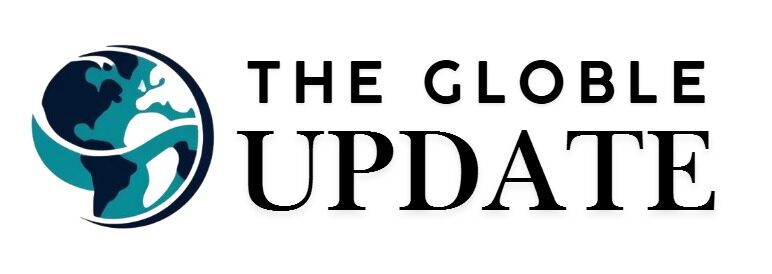Meta Description: Learn what happens during the 2025 US government shutdown. Find out which federal services remain operational, which agencies are impacted, and how it affects social security, air travel, law enforcement, and small businesses.
The United States entered a partial government shutdown on October 1, 2025, after Congress and the White House failed to finalize a spending deal before the start of the fiscal year. Hundreds of thousands of federal employees deemed non-essential have been furloughed, while essential workers, including military and law enforcement personnel, continue working without pay. This shutdown differs from previous closures due to threats of permanent reductions in the federal workforce.
Why Did the US Government Shut Down?
Each year, Congress passes funding legislation for federal agencies. If completed late, temporary stopgap measures, called continuing resolutions, are used to keep the government running. The last stopgap expired on September 30, 2025, and political disagreements prevented a new agreement, leaving many federal operations unfunded.
Key Services Remaining Operational
Despite the shutdown, several critical services remain active:
- Social Security, Medicare, and Medicaid: Benefits continue, but 12% of Social Security staff are furloughed and marketing efforts are paused.
- Food Assistance Programs: SNAP and WIC continue operations as funding allows.
- Postal Services: The U.S. Postal Service operates normally since it is independently funded.
- Air Travel: Air traffic controllers (13,000+) and most TSA employees remain on duty without pay.
- Military and Law Enforcement: All active-duty military, National Guard units, FBI, DEA, and other federal law enforcement personnel continue working.
- Immigration and Border Security: Border patrol, immigration enforcement agents, and most customs officers remain operational.
Services Facing Delays or Pauses

Some government functions are affected by the shutdown:
- IRS: Fully staffed for only five days; extended impacts remain uncertain.
- Federal Courts: May run out of funds for full operations after October 17.
- Economic Data Reporting: Key data, such as employment and GDP statistics, is suspended.
- Small Business Administration: 24% staff furloughed; approval of new small business loans paused.
- FEMA: About 4,000 employees furloughed, but disaster relief funds remain available.
Open vs Closed Services Comparison
| Service | Status | Notes |
|---|---|---|
| Social Security & Medicare | Open | Payments continue; 12% staff furloughed |
| SNAP & WIC | Open | Operations continue as funding allows |
| USPS | Open | Fully operational |
| Air Traffic Controllers & TSA | Open | Continue working without pay |
| Military & National Guard | Open | Active without pay |
| Federal Courts | Partial | May run out of funding after Oct 17 |
| IRS | Partial | Fully staffed for 5 days only |
| SBA | Partial | 24% staff furloughed; limited lending |
| FEMA | Partial | Some staff furloughed; disaster funds available |
| Economic Data Releases | Closed | Key employment and GDP reports suspended |
Impact on Americans

The 2025 government shutdown affects millions of Americans. Federal employees face missed paychecks, businesses await SBA loans, and delays in court operations and economic data may influence both markets and policymaking. Essential services like military operations, social security payments, and disaster relief remain uninterrupted.
Internal Linking Suggestions
- Government Shutdown Effects on Social Security and Medicare
- FEMA Operations and Disaster Relief During Federal Funding Gaps
- Air Travel and TSA Operations During Government Shutdown
Conclusion
The 2025 US government shutdown underscores the importance of timely federal budgeting and political consensus. While critical services continue, non-essential employees face furloughs and delays occur in administrative functions. The shutdown will persist until lawmakers and the White House finalize a new spending agreement.




